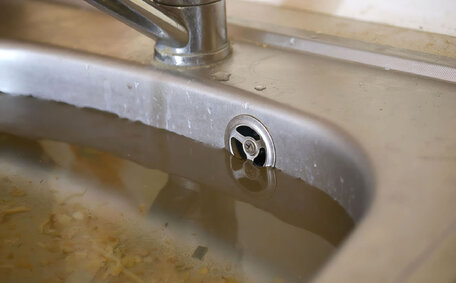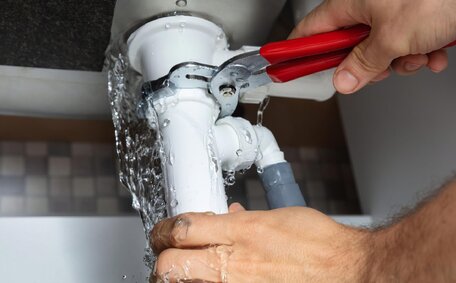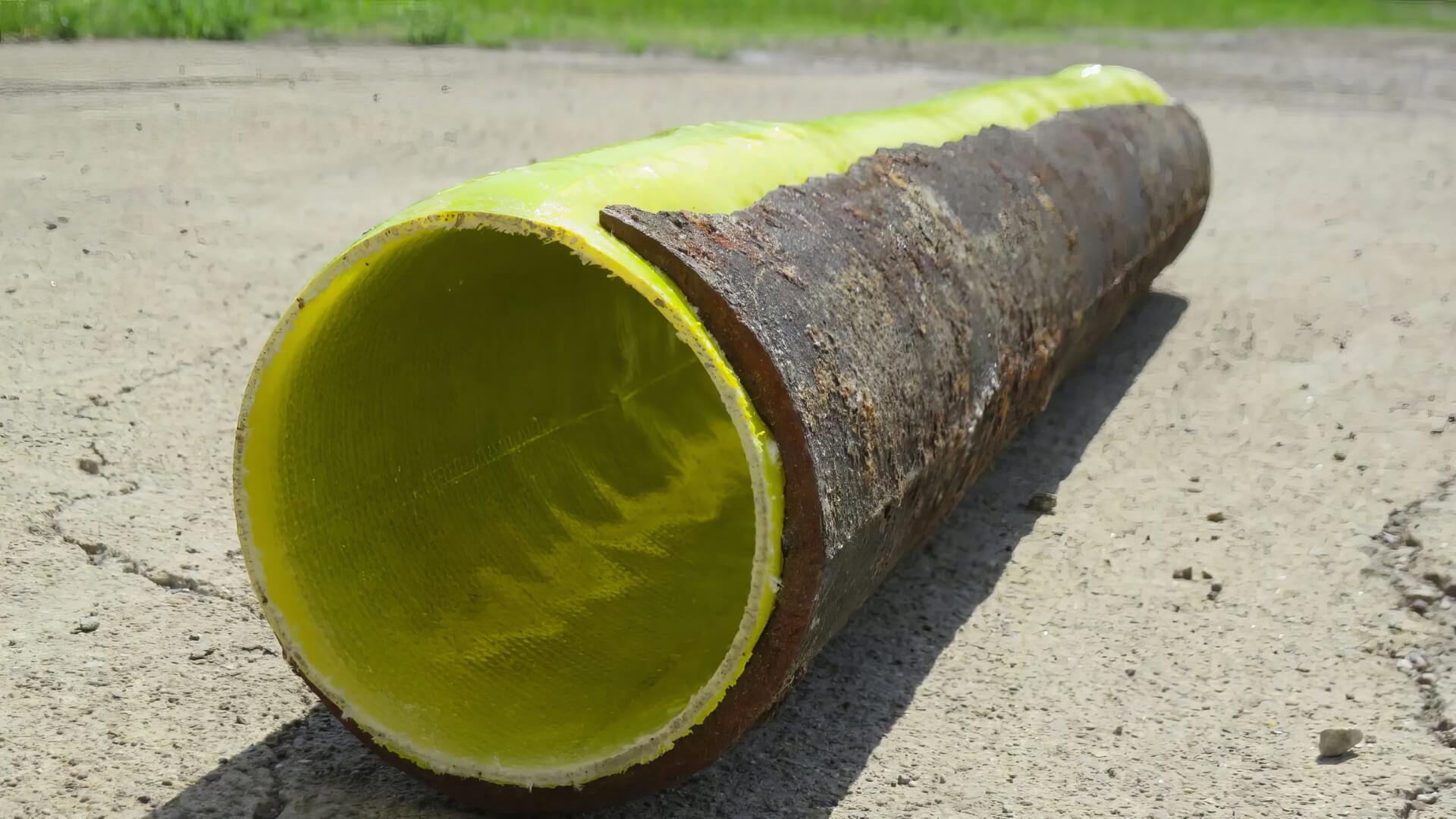Introduction to sump pumps and how they work
A sump pump is an essential device installed in your basement if it’s prone to water intrusion. Its function is to detect excess water and actively remove it, preventing potential flooding. The key components of a sump pump system protect against flooding water and include:
- Sump pit - A hole dug in the lowest part of the basement where water collects.
- Pump - triggers to evacuate water from your basement once it reaches a pre-set level in the pit.
- Float switch - Detects water levels in the pit and can also turn the pump on and off accordingly.
- Discharge pipe - Channels the ejected water outdoors, safeguarding your home’s foundation.
A well-maintained sump pump can efficiently prevent flooding for 8-12 years. However, lack of maintenance can cause premature failure. Understanding sump pump operations equips homeowners to address malfunctions swiftly.
Common causes of sump pump failure
Identify the multiple factors that can result in a sump pump failure:
- Power outages - Sump pumps depend on electricity, so assessing and mitigating power failure vulnerabilities is essential. This demonstrates the need for a backup battery system to prevent a flooded basement.
- Overwhelmed by water - Extreme weather, like heavy rain, or excessive groundwater can cause water back up by overpowering a pump’s capacity. Choosing the right sump pump size is crucial to prevent overstraining and early malfunction.
- Wear and tear - With mechanics subject to perpetual usage, sump pumps inevitably deteriorate over time. Routine upkeep is key to maximising longevity and ensuring efficient pumping of water into pit and out.
- Clogged impellers - Debris caught in the pump can cause sump pump malfunctions, preventing effective water ejection.
- Faulty float switch - Knowing how to respond when the switch fails is crucial to preventing flooding.
Regular inspections and tests of your sump pump can prevent unexpected failures and keep your basement dry.
Signs your sump pump is failing
Stay vigilant for these indicators that may signal an impending sump pump failure:
- Strange noises - Listen for odd grinding, buzzing or humming coming from the sump pit. These sounds may indicate an impending issue where water starts to seep into your basement.
- Pump not activating - Your water sump should turn on periodically. If it never runs, troubleshooting what do when your pump fails is the next step, as the switch, motor, or a dry sump may indicate other issues.
- Pump running constantly - If the pump runs continuously but the pit water level doesn’t lower, there might be a blockage or malfunction stopping the pump run as expected, prompting a round of sump pump troubleshooting.
- Water accumulation - Finding standing water pools, much water in unexpected places, like corners or along walls, could indicate an underlying issue that might cause water to back up beyond the sump pit.
- Musty smell - The musty smell indicating mold or mildew could reveal previous instances where the pump failed to avert flooding.
Promptly identifying these signs can help prevent costly flood damage through timely intervention. Schedule regular sump pump inspections to identify and mitigate issues that can lead to significant challenges.
Immediate steps when your sump pump fails
If your sump pump suddenly stopped working, swift action is crucial to reduce water damage. Understand what to do when your sump system faces issues with these essential steps:
- Elevate valuables and electronics to higher areas such as a crawl space or upper floors as a precaution.
- Use towels, rags, and sandbags to contain the water spread until professional help arrives.
- Immediately turn off the power to avoid electrical hazards in the event of sump pump failure.
- Call a professional plumber for emergency repair services when the pump stops in an untimely fashion. Trying to self-diagnose complex issues often makes problems worse.
- Begin damage control by using wet/dry vacuums and water pumps to quickly address water intrusion.
- Run fans and dehumidifiers continuously during and after flooding to dry saturated structural materials and hinder mold growth.
- Inspect the sump pit for debris clogs, test the pump and float switch for functionality once waters have receded.
- Implement appropriate flood protection solutions in the future such as installation of a backup sump pump system.
Quick action in response to sump and drain tile system failure is essential to minimizing water damage and health risks. Trust an expert like Newtown Plumbing to handle any sump pump crisis 24/7.
How to troubleshoot a failed sump pump
Troubleshooting a failed sump pump involves methodically inspecting each component to avoid manual water removal. Follow these steps:
- Inspect the power source - Ensure the pump is plugged in, fuses/breakers are operational, and outlets have not become wet, which is essential when you need the pump to function correctly.
- Verify the float switch - Clear any obstructions and manually test to confirm the switch is free-moving and responsive. Ensure there’s no delay in the switch turning the pump on at appropriate water levels.
- Verify the pump’s position - If it’s knocked over, the system can become compromised, unable to effectively manage heavy water flow. Make sure the pump is upright in the sump pit, ready to effectively pump water.
- Clear intake screen - Clear out mud, pebbles, or any blockages so the pump can keep up with the water efficiently.
- Listen for problems - Unusual sounds may point to obstructed impellers; consult a professional if debris in the pit is suspected.
- Consider pump age - Pumps beyond 8-12 years may simply be worn out and likely to pump fail, necessitating replacement.
A systematic diagnostic approach can help determine whether repairs will suffice or if professional replacement is needed. Contact the experts at Newtown Plumbing if problems persist after troubleshooting.
Calling a professional plumber for sump pump repairs or replacement
When sump pump issues persist after attempting what to do with do-it-yourself troubleshooting, it’s important to call a licenced professional plumber for repair or replacement services. The experts at Newtown Plumbing have the skills to quickly diagnose and fix your sump pump problems.
Our team, consisting of more than just licenced plumbers, are on call 24/7 to assist when your sump pump ceases to function. We carry a wide inventory of pumps and parts to suit your specific needs.
And if complete replacement is needed, we manage everything from taking out the old unit to having a new sump pump installed—offering enduring defense against basement flooding.
Contact Newtown Plumbing today at 1300 349 338 or jobs@newtownplumbingservices.com.au to schedule an appointment with one of our experts. We service all makes and models of sump pumps and guarantee your satisfaction with the quality of our work.
Preventing future sump pump failures through maintenance
Regular maintenance and understanding preventive measures are key to avoiding failures and prolonging your sump pump’s service life. Perform these periodic checks and maintenance tasks:
- Perform monthly visual inspections of the sump pump pit and drainage system to ensure proper water expulsion and check for debris.
- Conduct monthly tests by filling the sump pit with water and observing the pump’s operation for any irregularities.
- Quarterly, clean the intake screen, check the air relief hole, and examine the float switch among other control mechanisms to avoid operational issues.
- Annually flush the sump pit and clean the discharge lines to remove mineral build-up and debris.
- Biennially, enlist a certified electrician to check the power supply and any installed backup battery systems.
Replacing the check valve every 3 years and installing a new pump every 10 years are also smart preventative measures. To prevent sump pump failures, Maintaining meticulous records and following a schedule goes a long way in ensuring sump pump health.
For professional installation or repairs, Newtown Plumbing’s licenced technicians service all makes and models of sump pumps. Contact us today to ensure your system is functioning properly.
Installing a backup sump pump system
Installing a backup sump pump offers extra security should the primary pump fail. Having a secondary system ensures sump pump running even during a power outage, thus preventing costly water damage.
There are two main options when adding a backup sump pump:
- Battery backup pump - Runs on a battery that automatically recharges when electricity is on. Battery allows the pump to operate when the power goes out.
- Water-powered backup pump - Does not require batteries or electricity. Instead, it uses water pressure from a municipal water line to drive the pump when activated by a high water level trigger.
During heavy rain, it’s key to have a backup pump adequately sized to handle the increased water volume and prevent backflow against your foundation. Consider also:
- A battery backup system not only eases testing but also ensures the main pump’s operation during unexpected failures.
- Check that the backup pump is wired to a separate circuit breaker to avoid losing both power sources simultaneously.
- Opt for a pump that can reliably function until power is reinstated.
The installation of backup pump systems requires official permits and the skills of a professional. Contact Newtown Plumbing today to proactively protect your homes from flooding disasters.






